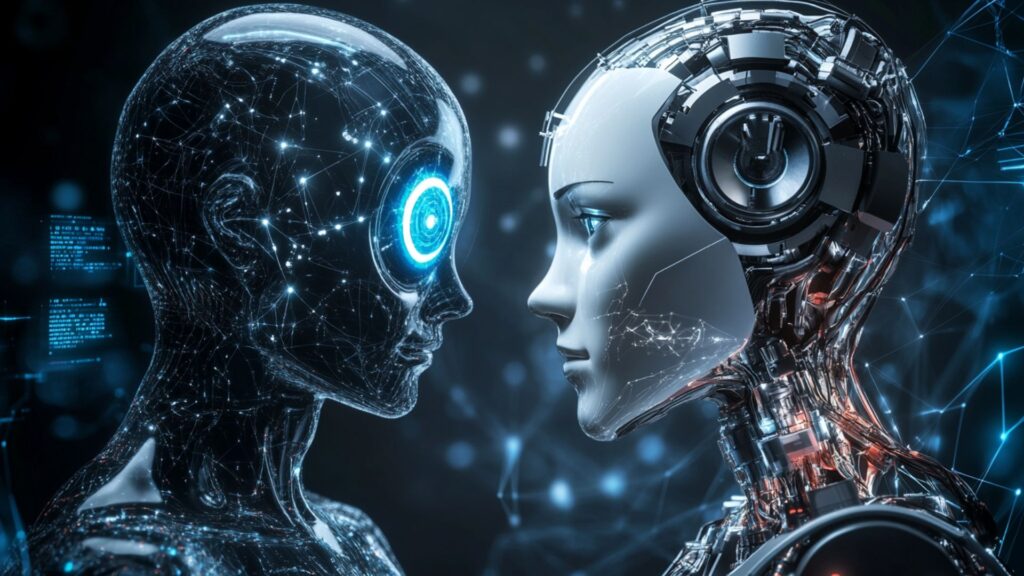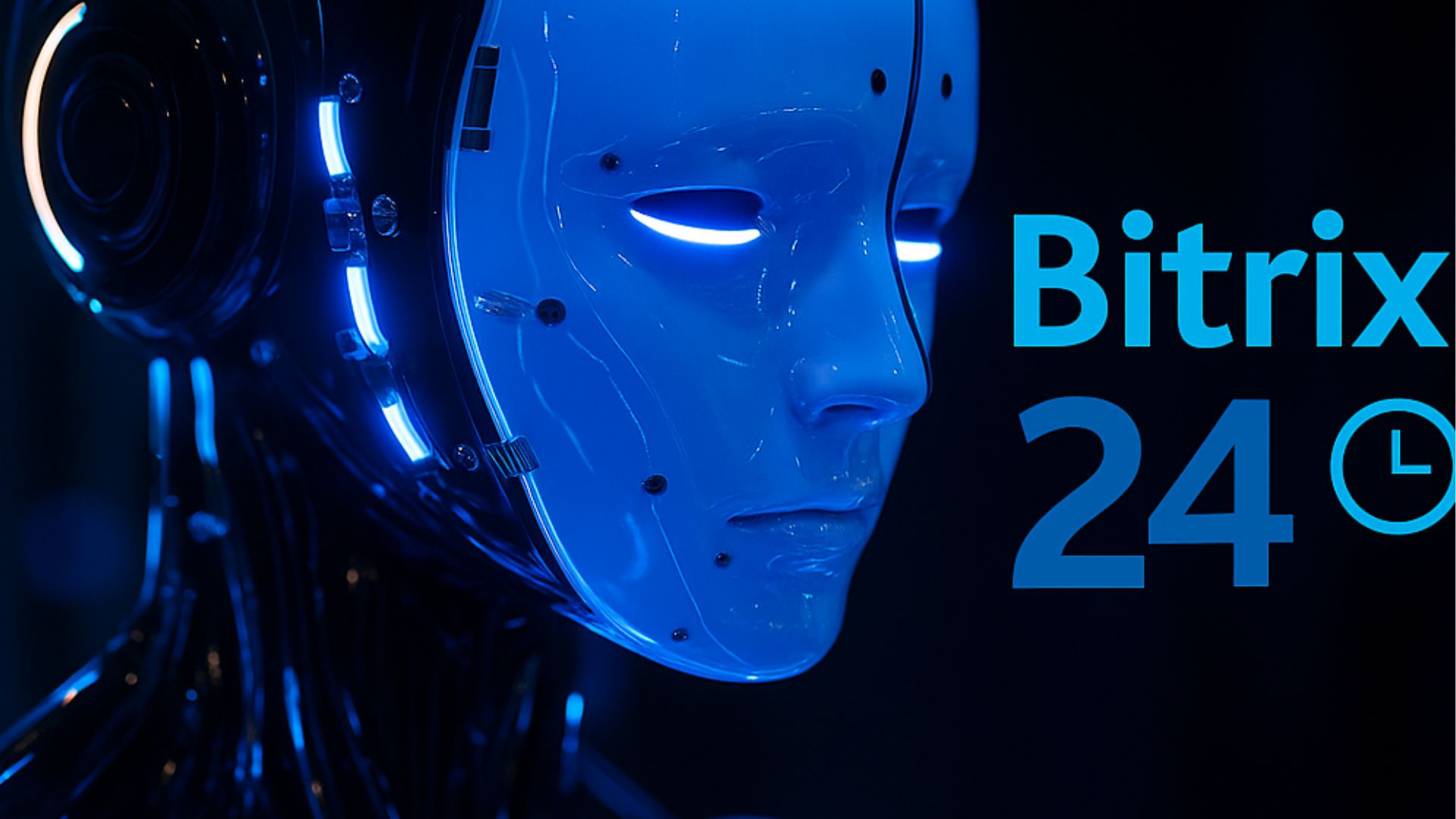AI Agent Platform: What It Is, How It Works, and Top Examples

An AI agent platform is a specialized system that powers intelligent agents to:
- Act independently
- Make decisions
- Interact with their environment to achieve specific goals
General AI platforms focus on building or deploying machine learning models. In contrast, AI agent platforms prioritize autonomy. They enable agents to mimic human-like reasoning, planning, and adaptation. These platforms integrate tools like natural language processing (NLP), memory systems, and decision-making algorithms to create smart AI systems for tasks such as customer support, data analysis, or process automation. For example, an AI agent can manage scheduling. It can respond to customer queries or optimize workflows without human intervention, saving time and effort.
The meaning of AI platforms is shifting as companies seek tools that not only process data but act on it intelligently. General AI platforms provide infrastructure for model training and deployment. Meanwhile, AI agent platforms focus on real-time interaction and decision-making.
In 2025, these platforms are surging in popularity due to the rise of AI assistants, autonomous workflows, and intelligent systems in many industries. These include healthcare, finance, logistics, and retail. They automate complex tasks, reduce costs, and improve efficiency.
This article explores how these platforms work. We will talk about their core features, best AI platforms, and how to build an AI platform. Whether you’re a developer, business owner, or hobbyist, you’ll find practical insights to navigate the AI agent platform landscape and choose the right tools, so you can leverage them for your projects.
Understanding the AI Agent Platform Landscape
To understand what AI platforms are, think of them as toolkits for creating, training, or deploying AI models. AI ML platforms focus on machine learning, offering frameworks for data processing, model training, and predictions. In contrast, AI agent platforms are specialized systems. They enable intelligent agents to act autonomously, interact with environments, and make decisions in real time. These platforms combine different AI platforms to build agents that handle tasks like:
- Scheduling
- Answering queries
- Optimizing workflows
These advanced systems operate autonomously without requiring constant human intervention. They're inherently proactive. They anticipate needs and take action rather than simply responding to commands. They're well-suited for applications including sophisticated bots that learn and adapt, and AI logistics systems that optimize routes and manage inventory in real-time.
An AI agent platform typically includes:
- Environment interaction. Agents sense and respond to changes. For example, user inputs, sensor data, or external APIs.
- Memory. Stores past interactions to inform future decisions, ensuring continuity and context.
- Planning. Sets goals and outlines steps to achieve them. For example, automating a business process or managing tasks.
- Reasoning. Uses logic and learned patterns to make informed choices. For example, prioritizing tasks based on urgency.
In 2025, these platforms are critical for automating complex tasks in industries like retail, logistics, and customer service. For instance, an AI agent can predict inventory needs and adjust orders in real time, saving costs. By blending AI ML platforms with agent-specific tools, firms achieve scalability and efficiency. Understanding different AI platforms helps you select the right tool, whether for a simple chatbot, a small business automation, or a large-scale enterprise system.
Core Capabilities of Modern AI Agent Platforms
Modern AI agent platforms are built to handle dynamic tasks with minimal human oversight. Their AI agent platform features include:
- Environment sensing and action execution. Agents detect changes, like new user queries, data updates, or external events. They respond appropriately by sending replies, adjusting workflows, or triggering actions. For example, a customer service agent can detect a query and respond instantly and accurately.
- Goal setting and autonomous decision-making. An autonomous agent defines objectives, like resolving a customer issue or optimizing a process, choosing the best path without human input, ensuring efficiency and speed.
- Real-time learning and adaptation. Platforms learn from new data, refining performance over time. For example, improving responses based on user feedback, market trends, or operational data.
These capabilities make smart AI and ML platforms versatile. They are good for automating customer support, managing supply chains, or running simulations. In logistics, agents optimize delivery routes in real time, reducing fuel costs. In healthcare, they prioritize patient queries based on urgency, improving care delivery. By combining sensing, decision-making, and learning, these platforms deliver scalable, adaptable solutions. In 2025, their ability to handle complex, real-world scenarios makes them essential for businesses, developers, and individuals looking to streamline operations and enhance productivity.
Key Technologies Behind AI Agents
How different AI platforms work relies on advanced technologies. ML, particularly reinforcement learning, enables agents to optimize decisions through trial and error, improving performance over time. Natural language processing allows agents to understand and generate human-like text, powering chatbots and virtual assistants that communicate naturally. LLM agents, built on large language models, enhance reasoning and contextual understanding, enabling complex interactions like multi-step problem-solving or nuanced conversations. Vector databases store and retrieve data efficiently, supporting memory and context, ensuring agents recall past interactions for better decision-making.
Orchestration tools (LangChain/AutoGen) simplify integrating many models, APIs, and data sources, ensuring seamless operation. For example, LangChain connects LLMs with external tools for tasks like data retrieval or automation. Meanwhile, AutoGen coordinates multiple agents for collaborative workflows.
These technologies enable agents to plan, reason, and act autonomously, transforming industries like e-commerce, customer service, and logistics, by automating tasks that once required human oversight. In 2025, advancements in these tools make AI agents more reliable, accessible, and efficient. This empowers businesses and developers to create sophisticated solutions with ease.
Popular AI Agent Platforms to Know in 2025

In 2025, popular AI platforms for building AI agents are thriving. They offer both commercial and open-source options. Best AI platforms cater to diverse needs, from startups to enterprises. Commercial platforms (Google Vertex AI and Microsoft Copilot Studio) provide polished, enterprise-ready solutions. These come with robust support and seamless integration. Open-source tools like LangChain, AutoGPT, CrewAI, and MetaGPT offer flexibility, which is especially important for developers seeking customization at lower costs. These AI agent tools vary in complexity and use cases, making it crucial to choose based on your project’s goals, whether it’s a small prototype or a large-scale enterprise solution.
Here’s a quick look at the best AI platforms:
- LangChain. Excels at context-aware agents with LLM integration, making it ideal for custom chatbots or data-driven workflows.
- AutoGPT. Known for autonomous task execution and goal-driven workflows, making it perfect for rapid prototyping or experimentation.
- CrewAI. Focuses on collaborative agents for multi-step tasks, like project management or team coordination.
- Google Vertex AI Agents. Enterprise-grade, with strong cloud-based workflow integration for large-scale operations.
- Microsoft Copilot Studio. Simplifies agent creation for tasks like HR automation or customer support.
Commercial platforms offer reliability, professional support, and integration with existing systems. Meanwhile, open-source tools provide cost-effective flexibility. For example, a startup might use AutoGPT for prototyping, while an enterprise might choose Google Vertex for scalability. AI platform examples comparison helps you align platforms with your needs, ensuring efficient automation and innovation in 2025.
Top Open-Source AI Agent Platforms
Open source AI agent platforms are a go-to for developers seeking flexibility and community support in 2025. Leading tools include LangChain, AutoGPT, CrewAI, and MetaGPT. LangChain excels at connecting LLMs with external tools and memory systems, making it ideal for custom chatbots or data-driven agents. AutoGPT is popular for autonomously breaking down tasks and executing them, making it perfect for prototyping innovative ideas or automating workflows. CrewAI supports collaborative agents for complex, multi-step tasks like project management. Meanwhile, MetaGPT focuses on multi-agent systems for team-like coordination, simulating human collaboration.
Pros of AI ML platforms include:
- Cost savings. Free to use, reducing expenses for startups or hobbyists.
- Customization. Developers can modify code to fit specific needs or integrate with unique systems.
- Community support. Active developer communities share updates, plugins, and troubleshooting tips.
However, these systems have cons: a steeper learning curve, required coding skills, and limited enterprise-grade support compared to commercial options. These platforms suit developers comfortable with coding and system tweaking. They offer endless possibilities for tailored AI agents, from personal projects to small business automation. In 2025, their open nature fosters innovation and collaboration.
Leading Commercial AI Agent Platforms
Enterprise AI and ML platforms like Google Vertex AI Agents, Microsoft Copilot Studio, and IBM Watson Orchestrate dominate the commercial area in 2025. These commercial AI platforms serve companies needing scalable, secure, and reliable solutions. Google Vertex AI Agents integrate seamlessly with Google Cloud, enabling data processing and automation for large-scale operations like predictive analytics. Microsoft Copilot Studio simplifies agent creation for workplace tasks. For example, automating HR processes or customer service responses. IBM Watson blends AI with business workflows, optimizing tasks like supply chain management or financial forecasting.
Use cases include:
- Customer support. Automating responses to common queries, improving response times and customer satisfaction.
- Supply chain. Optimizing inventory and logistics with real-time adjustments based on demand.
- Data analysis. Streamlining insights from large datasets, enabling faster decision-making.
These popular AI platforms offer reliability, professional support, and integration with enterprise systems, making them ideal for large organizations. However, they can be pricier, requiring investment in licensing, setup, and maintenance. In 2025, their robust features and support make them a top choice for firms aiming to scale AI-driven operations.
How to Build Your Own AI Agent Platform

Want to build an AI agent? Here's how you can use different AI platforms to create an effective solution:
- Define goals. Identify what your agent will do. For example, automating emails, managing schedules, or analyzing data for insights.
- Select tools. Choose base models (e.g., LLMs like GPT) and frameworks. For example, LangChain or AutoGen for integration and orchestration.
- Integrate environment. Connect the agent to data sources, APIs, or user interfaces, ensuring smooth interaction with real-world inputs.
- Test loops. Run simulations to verify the agent learns, adapts, and performs tasks correctly and refine as needed.
You'll need essential skills including:
- Skills in Python for scripting
- API integration for connecting to external systems
- AI model usage for leveraging LLMs or other frameworks
Choose cloud deployment (e.g., AWS, Google Cloud) for scalability and accessibility. Or opt for local deployment for privacy and control. Building a custom AI ML platform requires effort, but it delivers tailored solutions for specific needs, from hobby projects to enterprise use. Testing and iteration are crucial to ensure reliability, performance, and adaptability. This is especially true for real-world applications.
Choosing the Right AI Agent Platform for Your Needs
Choosing an AI and ML platform depends on your goals, budget, and tech expertise. AI platform examples like LangChain, AutoGPT, or Google Vertex AI Agents vary in scalability, integration, and use case fit. So, when choosing the solution for your firm, consider these factors:
- Scalability. Can the platform handle growing workloads, from small tasks to enterprise-level operations?
- Integration. Does it connect seamlessly with your tools, databases, or APIs for smooth operation?
- Use case. Is it for personal projects, startups, or enterprise tasks like automating workflows or data analysis?
- Budget. Open-source platforms are free but require setup. Commercial options offer support but involve costs.
- Community support. Open-source tools have active communities, while commercial platforms provide professional support.
For startups, open-source platforms like AutoGPT offer flexibility for rapid prototyping and innovation. Enterprises may prefer Google Vertex for robust integration and scalability across big systems. Hobbyists can experiment with LangChain to learn and build small projects cost-effectively. The best AI platforms comparison ensures you pick the right tool for your needs. In 2025, AI agent platforms continue to evolve, driving smarter automation, enhancing decision-making, and empowering users to solve complex problems.


